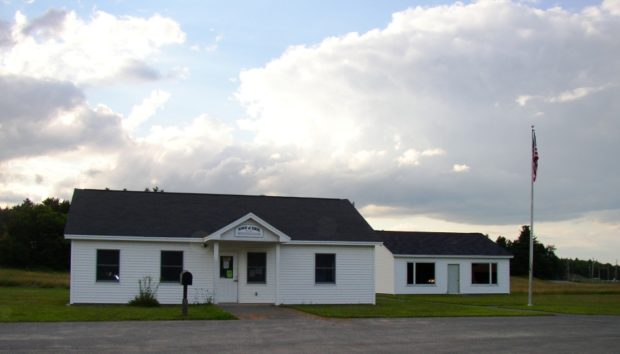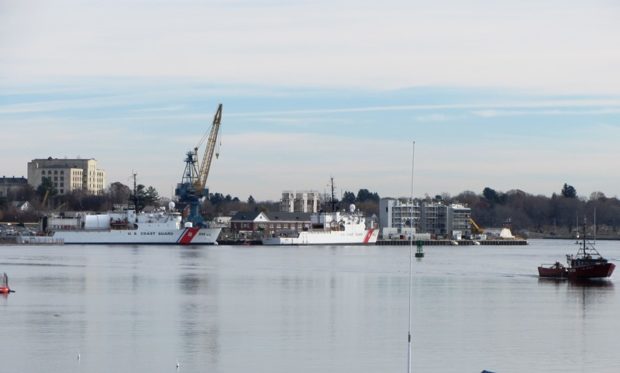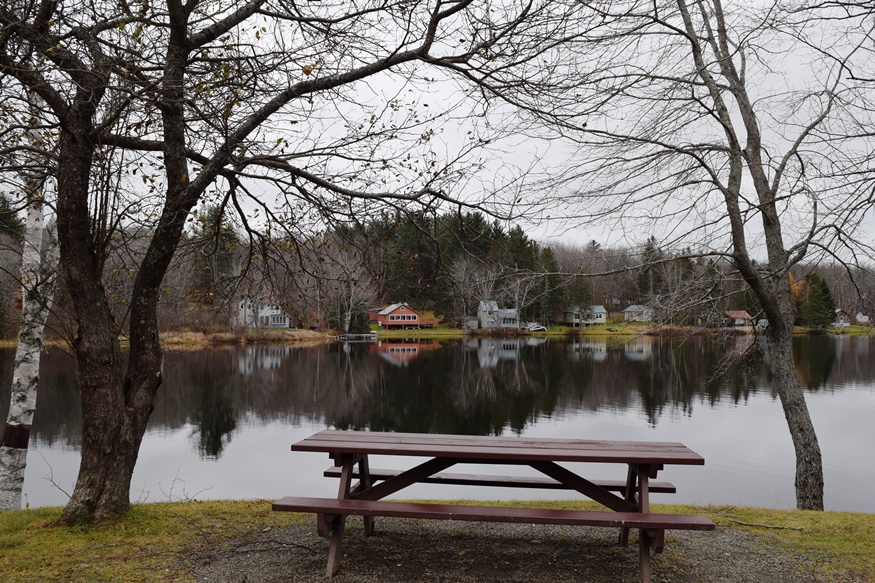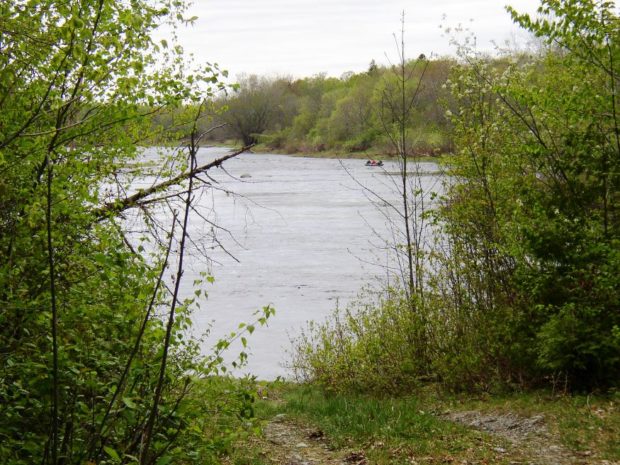Ku Klux Klan
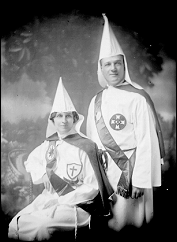
was active in Maine during the 1920’s. Worried that foreign culture, religion, and politics would contaminate Anglo-American society, some Maine people did not want the new immigrants in the state and joined a rejuvenated Ku Klux Klan. The Klan had been formed after the Civil War to keep freed African slaves from gaining political power.…


